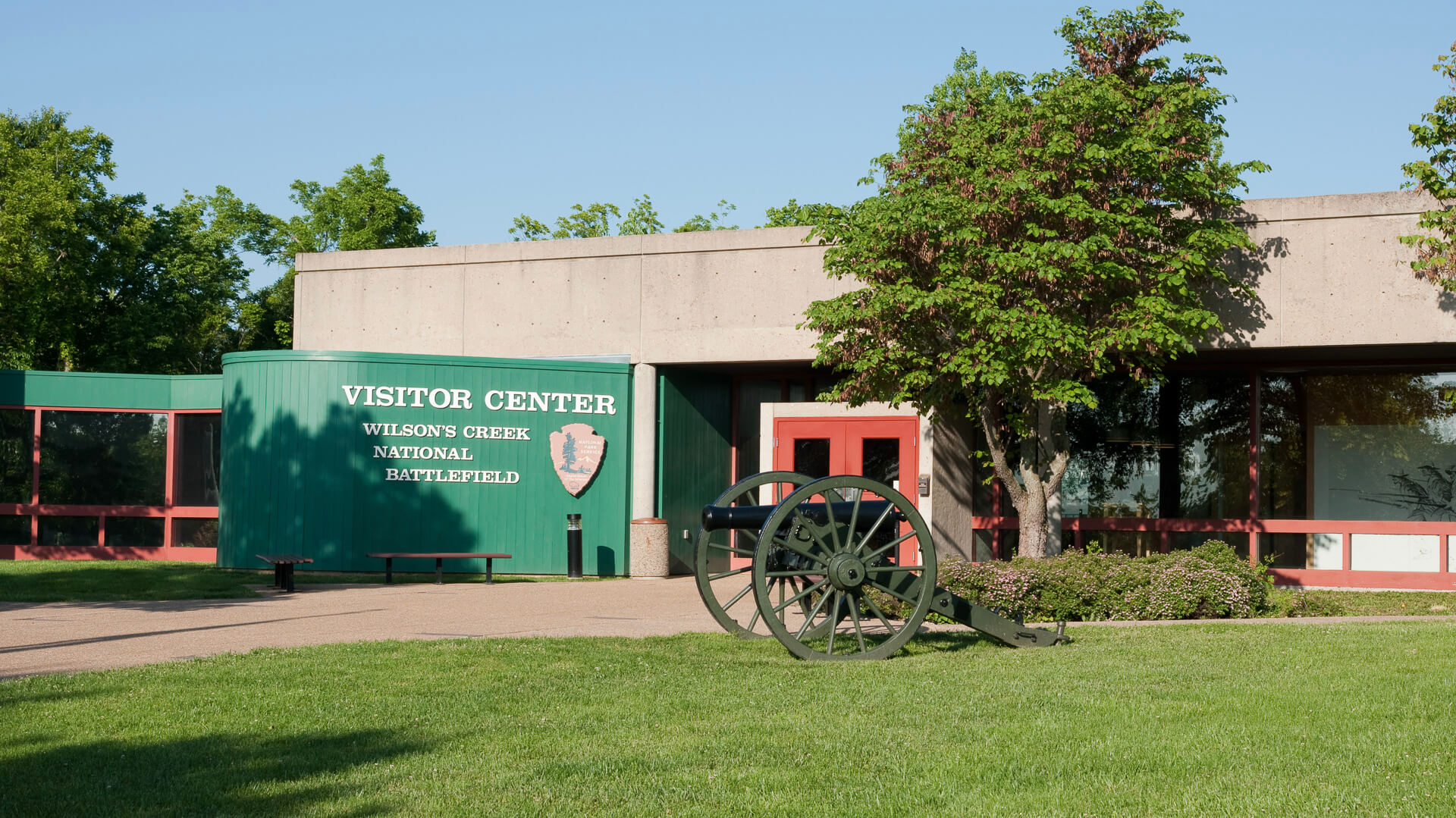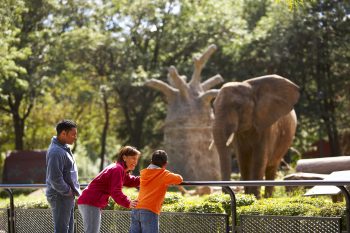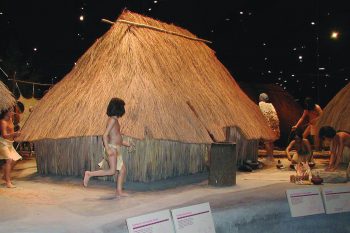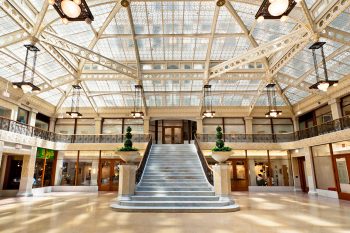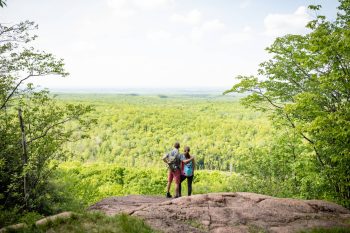History buffs planning a tour in the Show-Me State should know Missouri has an abundance of Civil War history. Two distinct Civil War trails across the Show-Me State follow the movements of Gen. Ulysses S. Grant and of Confederate guerrilla fighters; this trip idea features stops along both trails.
Day 1
Wilson’s Creek National Battlefield
Although it’s not associated with either the Ulysses S. Grant or Gray Ghosts trails, this site is one of the most important battlefields in Missouri. Fought on August 10, 1861, the Battle of Wilson’s Creek was a pivotal battle in Missouri and the second major battle of the Civil War. More than 2,500 Union and Confederate soldiers were killed, wounded or declared missing during the five hours of intense fighting. Spend your morning here before driving north to your next destination.
Battle of Westport Visitor Center and Museum
Another must-visit for history buffs, and another that’s not connected to the aforementioned trails but important nonetheless. The Civil War Battle of Westport raged here from October 21-23, 1864. The center depicts the experiences of the soldiers and civilians caught in the vortex of war during the three days of the battle. The Battle of Westport is sometimes referred to as “The Gettysburg of the West.” Plan about three hours to drive from Wilson’s Creek to Westport.
The Raphael Hotel
After a day on the road exploring history, stay at this boutique hotel, which is patterned after Europe’s fine small hotels. Before you turn in, savor a meal at the hotel’s signature restaurant, Chaz on the Plaza. And remember, if your time at the Battle of Westport site was cut short, you can always go back tomorrow.
Day 2
Arrow Rock State Historic Site
Day two of your journey starts with a two-hour drive east to Arrow Rock. At the state historic site, Landmarks include famed Civil War artist George Caleb Bingham’s house, the circa 1834 Huston Tavern, a one-room jail, and a visitor center museum. There’s a lot of history in Arrow Rock; another site to explore is the Arrow Rock African-American Museum.
Boonville’s Walking History Tour
See the sights of Boonville on this self-guided walking tour, featuring more than 20 points of interest, such as The Old Jail and Hotel Frederick. Boonville is one of the cities along the Gray Ghosts Trail and was the site of four Civil War battles.
Hotel Frederick
After another busy day exploring, you’ve earned the right to a good night’s sleep. The hotel, built in 1905, holds 24 guestrooms, many with a view of the Missouri River. Enjoy a Cajun-inspired meal at Glenn’s Cafe on-site.
Day 3
Centralia Battlefield
It’s about an hour’s drive from Boonville to this battlefield, which is open to the public and contains a picnic area and two Civil War markers. The site is among those listed on Missouri’s Gray Ghosts Trail. The Battle of Centralia on September 27, 1864, featured Southern partisans commanded by “Bloody Bill” Anderson, whose men wiped out a Union force led by Maj. A.V.E. Johnson. The battle took place within hours of the Centralia Massacre. According to reports, Jesse James fired the shot that killed Major Johnson.
Kingdom of Callaway Historical Society
From Centralia, take a 45-minute drive south to The Kingdom of Callaway Historical Society, which archives the history of Callaway County. While you’re here, learn the Civil War connection to this county, known as The Kingdom of Callaway.
Beks
You’ve spent the morning soaking up Civil War history in Centralia and Fulton, now treat yourself with a big lunch at Beks. It’s located downtown, four-and-a-half blocks from Westminster College and the Winston Churchill Museum.
National Cemetery – Jefferson City
From Fulton, drive 25 minutes south to Missouri’s capital. An important historic site, National Cemetery, contains more than 1,500 burial sites for veterans of wars dating from the War of 1812 to the Vietnam War. This site was originally intended to be used as a burial site for Civil War soldiers from the surrounding area, with the first burial taking place in 1861; several soldiers from the aforementioned Battle of Centralia are among those buried here. Federal gravestones have a familiar arched top while the Confederate gravestones have a gabled angle top.
Missouri State Capitol
The Capitol, completed in 1918, sits at the heart of downtown Jefferson City. Inside the Capitol, explore the Missouri State Museum, which features exhibits of historical significance, including one focusing on the state’s role in the Civil War.
Capitol Plaza Hotel and Convention Center
When you’ve finished your Capitol tour, drive just a few blocks south to Capitol Plaza Hotel and Convention Center, where newly renovated guest rooms await. You can dine at Capitol Plaza or enjoy one of the dozens of restaurants that are within 10 minutes of the hotel.
Day 4
Ulysses S. Grant National Historic Site
It’s a two-hour drive from Jefferson City to this 9.65-acre (4 hectare) National Park Service site that interprets the lives of Ulysses S. Grant and his wife, Julia. Their house, White Haven, is a National Historic Landmark; it is one of several historic structures on the property. A visitor center, introductory film, museum, and interpretive tours are available daily.
Grant’s Farm
Grant’s Farm is the 281-acre (114 hectare) ancestral home of the Busch family, located in the city of St. Louis. The farm is home to more than 900 animals representing more than 100 species from six continents. The farm takes its name from our 18th president, Ulysses S. Grant. In the 1850s, Grant founded and farmed a portion of the site. Admission to Grant’s Farm is free to all ages.
Jefferson Barracks Park
Jefferson Barracks was established in 1826 as the country’s first “Infantry School of Practice.” It was named in honor of former President Thomas Jefferson. It served as a major United States military installation until 1946 and played an important role in the United States westward expansion.
Pappy’s Smokehouse
Take a break from history to enjoy barbecue at this legendary St. Louis eatery. Pappy’s specializes in ribs, dry-rubbed and slow-smoked over apple and cherrywood. Voted one of the 101 Best Places to Chow Down in America by The Travel Channel.
